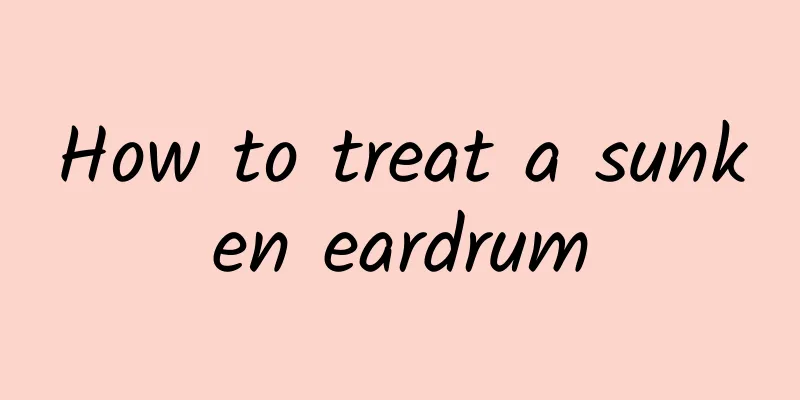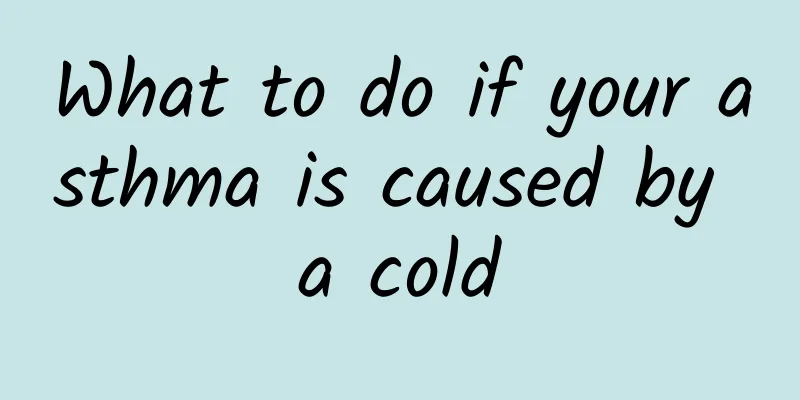How to treat a sunken eardrum

|
The sunken eardrum is also called the retracted tympanic membrane. This disease usually causes hearing loss, ear pain, obvious tinnitus, and ear swelling in patients. Therefore, in normal times, it is necessary to give corresponding treatment according to the patient's current pathological condition, such as local medication combined with surgery to slowly adjust the condition, so as to achieve the effect of recovery. Clinical manifestations/tympanic membrane retraction 1. Hearing loss: Hearing decreases, self-hearing increases. When the head tilts forward or toward the healthy side, the hearing may be temporarily improved (positional hearing improvement) because the effusion leaves the cochlear conduction. When the effusion is viscous, the hearing may not change with changes in head position. Children are often brought to the doctor by their parents because of their slow response to sounds, poor concentration, and poor academic performance. If one ear is diseased and the hearing in the other ear is normal, it may not be noticed for a long time and may only be discovered during a physical examination. 2. Earache: Acute cases may cause dull earache, which is often the first symptom of the patient. It may be continuous or cramping. Chronic cases may not have obvious earache. This disease is often related to a feeling of blockage or stuffiness in the ear, which can be temporarily relieved by pressing the tragus. 3. Tinnitus: It is mostly low-pitched and intermittent, such as "crackling", buzzing and the sound of running water. When the head moves or when yawning or blowing the nose, a sound of air passing through water may be heard in the ears. 4. The skin around the patient feels "numb" and the patient feels psychologically depressed. Treatment/tympanic membrane retraction If tympanic membrane retraction occurs, symptomatic treatment should be given. If you suffer from secretory otitis media, throat disease or rhinitis, you should cure these diseases first. The second method is to use the Eustachian tube blowing method to unclog the Eustachian tube. The specific method is: pinch your nostrils, hold your breath and blow air out, but the force must be appropriate and it must be done under the guidance of an experienced doctor. If too much force is used, it may easily cause a rupture of the eardrum. When using this method, you should be careful not to pinch your nose or blow air because there is a possibility of transmitting the infection of the nasopharynx to the middle ear, especially when there is a lot of inflammatory secretions in the nose and pharynx. During the acute stage of Eustachian tube inflammation and blockage, and nasal blockage caused by colds, do not do patency checks or blowing techniques, and do not blow your nose too hard. At this time, you should take some mucosal astringents such as ephedrine in time to keep the nasal cavity open and prevent complications of otitis media. |
<<: What causes pain in the little toe?
>>: I feel a ringing sensation in my left ear.
Recommend
Common knowledge on prevention and treatment of H7N9 avian influenza
H7N9 is avian influenza, but it can also threaten...
What are the causes of hernia recurrence?
Hernia is a common disease in life and also a dis...
Is vocal cord polyp surgery dangerous?
Many people think that vocal cord surgery is dang...
How to improve hematopoietic function
The human body's metabolism is due to the con...
How to Treat Bee Stings
Bees are a species that is beneficial to us human...
What are the causes of allergic skin itching?
Human skin is very fragile, so various skin disea...
Do the small intestine, stomach, large intestine, mouth, anus and esophagus all belong to the digestive system?
The reason why we eat some food is to solve the p...
Why is the face-lift injection ineffective?
Face-slimming injections have a very good effect ...
What to do if you have toothache after dental filling
Tooth filling is equivalent to tooth filling. It ...
Can moderate uterine erosion be cured?
For women, the uterus is one of the most importan...
Causes of right calf soreness
The condition of right calf soreness and swelling...
Self-regulation methods for male menopausal anxiety
Men will also have certain anxiety problems when ...
What is the difference between anxiety and depression?
Everyone thinks that anxiety and depression are r...
What medicine is best for heart failure?
If heart failure occurs, medication treatment sho...
What is the normal age to stop menstruation?
Menstruation is a normal physiological reaction o...









